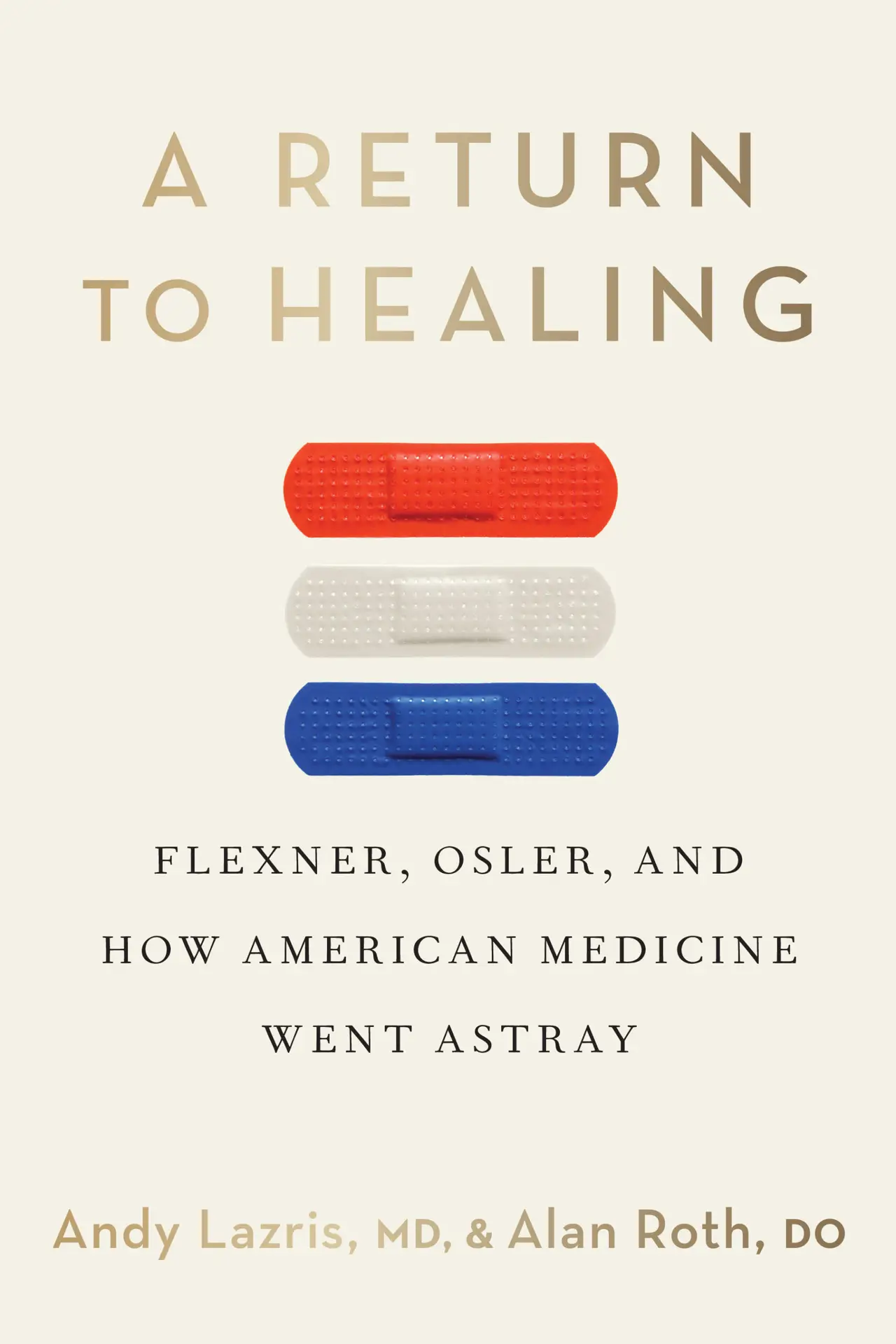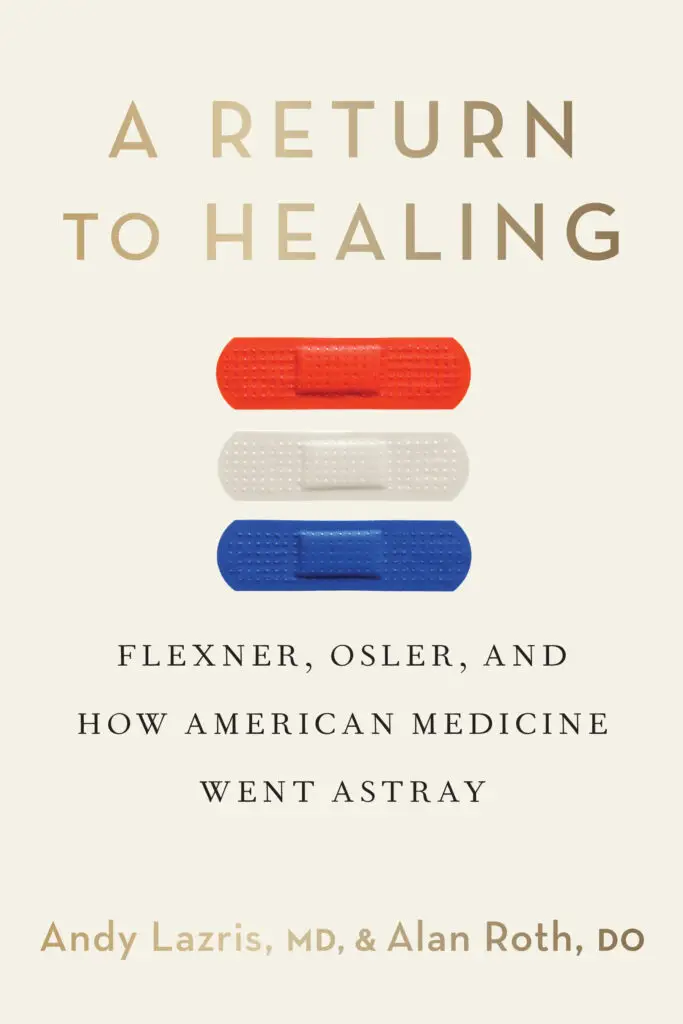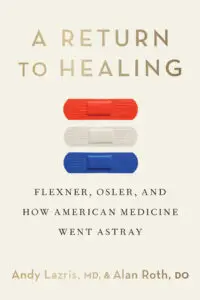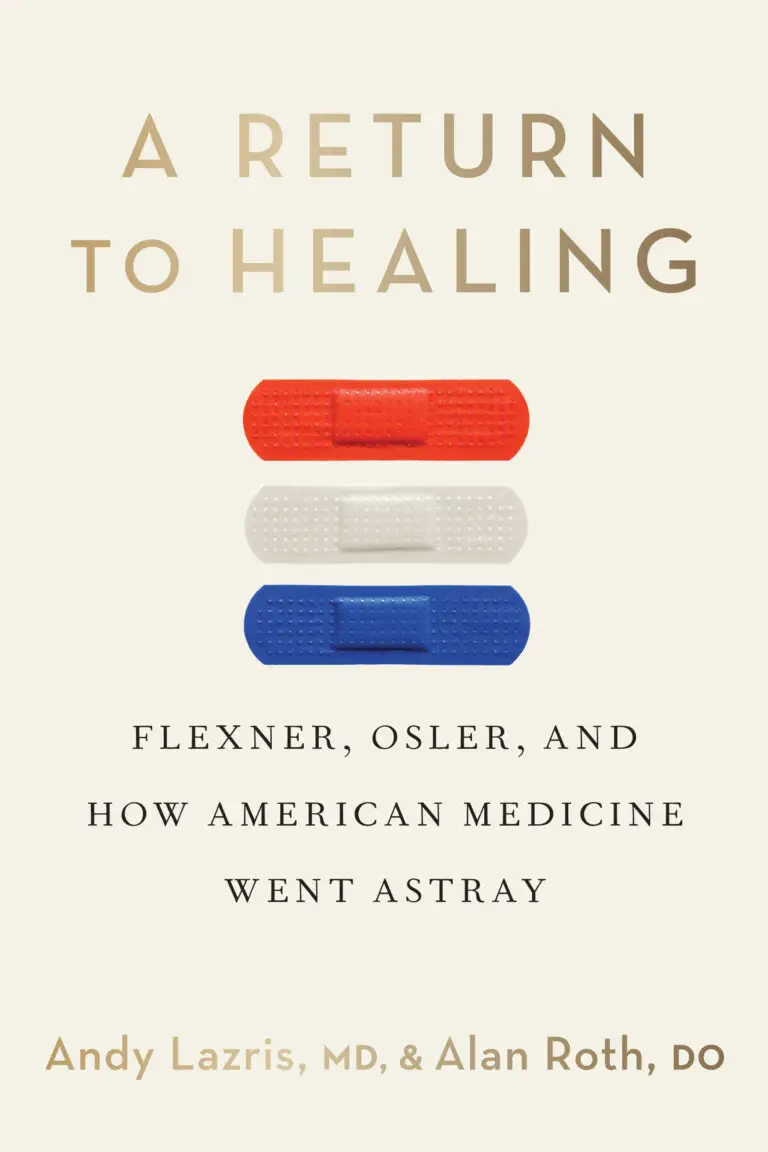Balancing Pain Management and Responsible Prescribing
Opioid use in the U.S. has been a topic of intense debate, with concerns over over-prescription, addiction, and the unintended consequences of restrictive policies. In their Lown Right Care article, Dr. Alan Roth and Dr. Andy Lazris explore the appropriate use of opioids for chronic pain, emphasizing the need for a balanced, patient-centered approach to pain management.
Understanding the Issue: The Opioid Epidemic vs. Chronic Pain Management
The opioid crisis was fueled by a dramatic rise in prescriptions, peaking in 2012 with over 255 million opioid prescriptions nationwide. By 2017, prescriptions declined significantly, yet opioid overdoses remained a leading cause of death. While efforts to curb opioid misuse have been crucial, some policies have unintentionally harmed chronic pain patients, leaving them with limited treatment options.
The 2016 CDC guidelines on opioid prescribing aimed to reduce overuse but led many physicians to abruptly taper or discontinue opioid prescriptions, even for patients who benefited from long-term opioid therapy. This one-size-fits-all approach has left many struggling with unmanaged pain, withdrawal symptoms, and, in some cases, seeking illicit alternatives.
Key Takeaways from the Report
The Right Care Approach to Pain Management:
- A patient-centered approach is essential when managing chronic pain.
- Non-opioid treatments (physical therapy, cognitive behavioral therapy, NSAIDs, and acupuncture) should be first-line options when possible.
- When opioids are necessary, low-dose, short-acting medications with close patient monitoring should be considered.
The Risks of Blanket Opioid Restrictions:
- Abrupt discontinuation of opioids can harm patients, worsening pain and quality of life.
- Many chronic pain patients do not misuse opioids but are still affected by restrictive policies.
- Shared decision-making between doctors and patients is critical to determining the safest and most effective treatment plan.
A Smarter Approach to Opioid Use:
- Opioids should be prescribed at the lowest effective dose, with ongoing reassessment.
- Risk mitigation strategies, including urine drug testing and prescription drug monitoring, help ensure responsible use.
- The focus should be on improving patient function, not just eliminating pain.
Download the Full Report
This comprehensive guide offers valuable insights into the realities of opioid use, the unintended consequences of policy changes, and practical solutions for responsible pain management.
Continue the Conversation
The opioid debate is just one part of the larger conversation on healthcare reform. Stay engaged and explore solutions for a more patient-centered healthcare system:
📖 Preorder A Return to Healing – Discover the deeper issues within modern medicine.
🎙 Listen to the Podcast – Hear expert discussions on patient advocacy and reform.
📺 Watch on YouTube – Get in-depth analysis and interviews with medical experts.
Join the movement to rethink modern medicine!
Articles & Resources
News & Blog
Dive deeper into the issues shaping modern healthcare. Our blog offers expert perspectives, practical advice, and the latest on patient-centered care, helping you stay informed and empowered







